210 start with D start with D
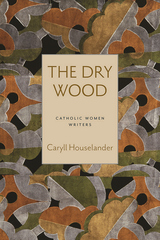

Published annually, the journal Dumbarton Oaks Papers was founded in 1941 for the publication of articles relating to Byzantine civilization.
In this issue: John S. Langdon and Stephen W. Reinert, “Speros Vryonis Jr.: 1928–2019”; Abraham Terian, “Monastic Turmoil in Sixth-Century Jerusalem and the South Caucasus: The Letter of Patriarch John IV to Catholicos Abas of the Caucasian Albanians”; Coleman Connelly, “Continued Celebration of the Kalends of January in the Medieval Islamic East”; Victoria Gerhold, “The Legend of Euphratas: Some Notes on Its Origins, Development, and Significance”; Christos Simelidis, “Two Lives of the Virgin: John Geometres, Euthymios the Athonite, and Maximos the Confessor”; Georgios Makris, “Living in Turbulent Times: Monasteries, Settlements, and Laypeople in Late Byzantine Southwest Thrace”; Philipp Niewöhner, “The Significance of the Cross before, during, and after Iconoclasm: Early Christian Aniconism in Constantinople and Asia Minor”; Stefania Gerevini, “Art as Politics in the Baptistery and Chapel of Sant’Isidoro at San Marco, Venice”; Laura Pfuntner, “Between Science and Superstition: Photius, Diodorus Siculus, and ‘Hermaphrodites’”; Baukje van den Berg, “John Tzetzes as Didactic Poet and Learned Grammarian”; Matthew Kinloch, “In the Name of the Father, the Husband, or Some Other Man: The Subordination of Female Characters in Byzantine Historiography”; Levente László, “Rhetorius, Zeno’s Astrologer, and a Sixth-Century Astrological Compendium”; and Stig Simeon R. Frøyshov, “The Early History of the Hagiopolitan Daily Office in Constantinople: New Perspectives on the Formative Period of the Byzantine Rite.”

Published annually, the journal Dumbarton Oaks Papers was founded in 1941 for the publication of articles relating to Byzantine civilization.
In this issue: Margaret Mullet, “Ruth Juliana Macrides: 1949–2019”; Sihong Lin, “Justin under Justinian: The Rise of Emperor Justin II Revisited”; David Gyllenhaal, “Byzantine Melitene and the Social Milieu of the Syriac Renaissance”; Pavel Murdzhev, “The Introduction of the Moldboard Plow to Byzantine Thrace in the Eleventh Century”; Annemarie Weyl Carr, “The Lady and the Juggler: Mary East and West”; Robert S. Nelson, “A Miniature Mosaic Icon of St. Demetrios in Byzantium and the Renaissance”; Esra Akin-Kivanç, “In the Mirror of the Other: Imprints of Muslim–Christian Encounters in the Late Antique and Early Medieval Mediterranean”; Anna Chrysostomides, “John of Damascus’s Theology of Icons in the Context of Eighth-Century Palestinian Iconoclasm”; Max Ritter, “The Byzantine Afterlife of Procopius’s Buildings”; Jonathan L. Zecher, “Myths of Aerial Tollhouses and Their Tradition from George the Monk to the Life of Basil the Younger”; Nektarios Zarras, “Illness and Healing: Τhe Ministry Cycle in the Chora Monastery and the Literary Oeuvre of Theodore Metochites”; and Aleksandr Andreev, “The Order of the Hours in the Yaroslavl Horologion.”

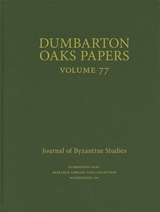
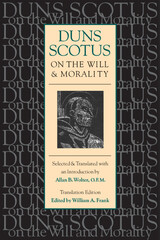
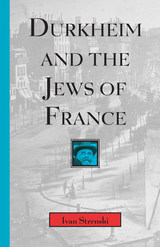
Strenski begins each chapter by weighing particular claims (some anti-Semitic, some not) for the Jewishness of Durkheim's work. In each case Strenski overturns the claim while showing that it can nonetheless open up a fruitful inquiry into the relation of Durkheim to French Jewry. For example, Strenski shows that Durkheim's celebration of ritual had no innately Jewish source but derived crucially from work on Hinduism by the Jewish Indologist Sylvain Lévi, whose influence on Durkheim and his followers has never before been acknowledged.
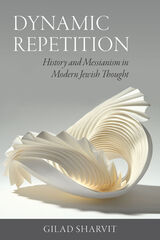
Dynamic Repetition proposes a new understanding of modern Jewish theories of messianism across the disciplines of history, theology, and philosophy. The book explores how ideals of repetition, return, and the cyclical occasioned a new messianic impulse across an important swath of late nineteenth- and early twentieth-century German Jewish thought. To grasp the complexities of Jewish messianism in modernity, the book focuses on diverse notions of “dynamic repetition” in the works of Franz Rosenzweig, Walter Benjamin, Franz Kafka, and Sigmund Freud, and their interrelations with basic trajectories of twentieth-century philosophy and critical thought.
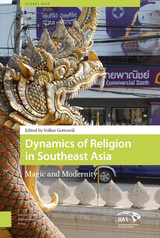
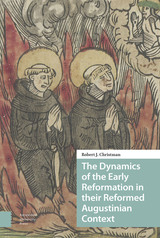
READERS
Browse our collection.
PUBLISHERS
See BiblioVault's publisher services.
STUDENT SERVICES
Files for college accessibility offices.
UChicago Accessibility Resources
home | accessibility | search | about | contact us
BiblioVault ® 2001 - 2024
The University of Chicago Press









